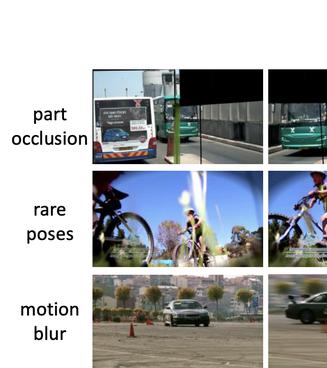Identifying Light-curve Signals with a Deep Learning Based Object Detection Algorithm. II. A General Light Curve Classification Framework
Vast amounts of astronomical photometric data are generated from various projects, requiring significant efforts to identify variable stars and other object classes. In light of this, a general, widely applicable classification framework would simplify the task of designing custom classifiers. We present a novel deep learning framework for classifying light curves using a weakly supervised object detection model. Our framework identifies the optimal windows for both light curves and power spectra automatically, and zooms in on their corresponding data. This allows for automatic feature extraction from both time and frequency domains, enabling our model to handle data across different scales and sampling intervals. We train our model on datasets obtained from both space-based and ground-based multi-band observations of variable stars and transients. We achieve an accuracy of 87% for combined variables and transient events, which is comparable to the performance of previous feature-based models. Our trained model can be utilized directly to other missions, such as ASAS-SN, without requiring any retraining or fine-tuning. To address known issues with miscalibrated predictive probabilities, we apply conformal prediction to generate robust predictive sets that guarantee true label coverage with a given probability. Additionally, we incorporate various anomaly detection algorithms to empower our model with the ability to identify out-of-distribution objects. Our framework is implemented in the Deep-LC toolkit, which is an open-source Python package hosted on Github and PyPI.
PDF Abstract




